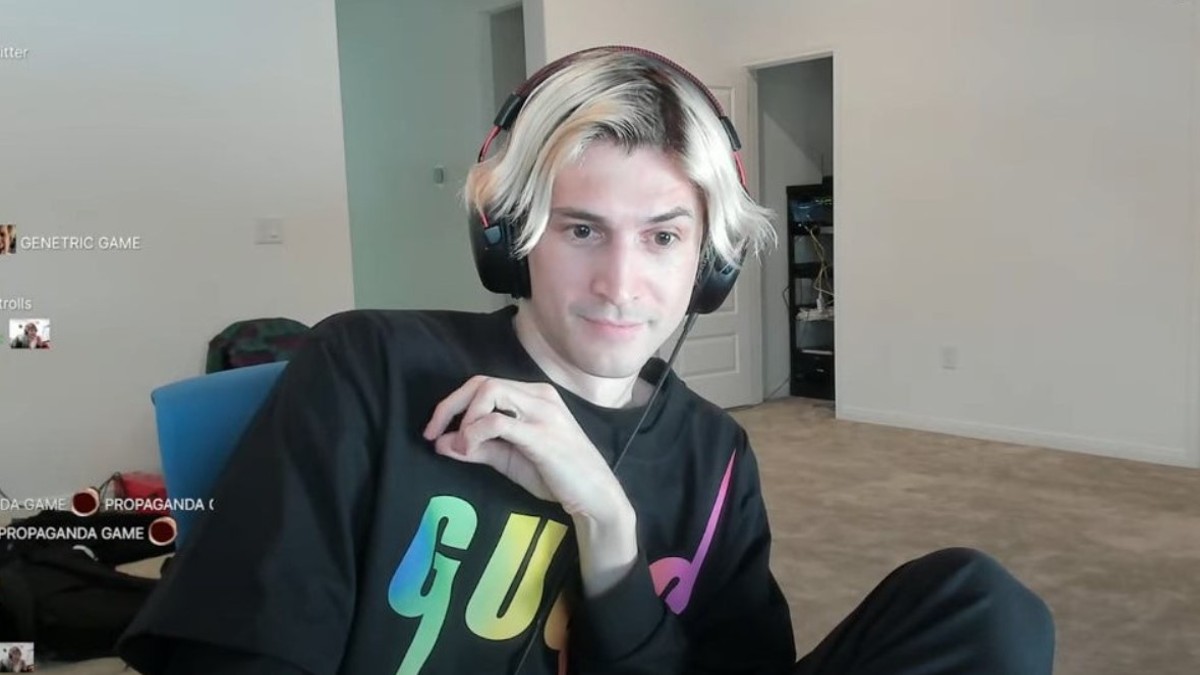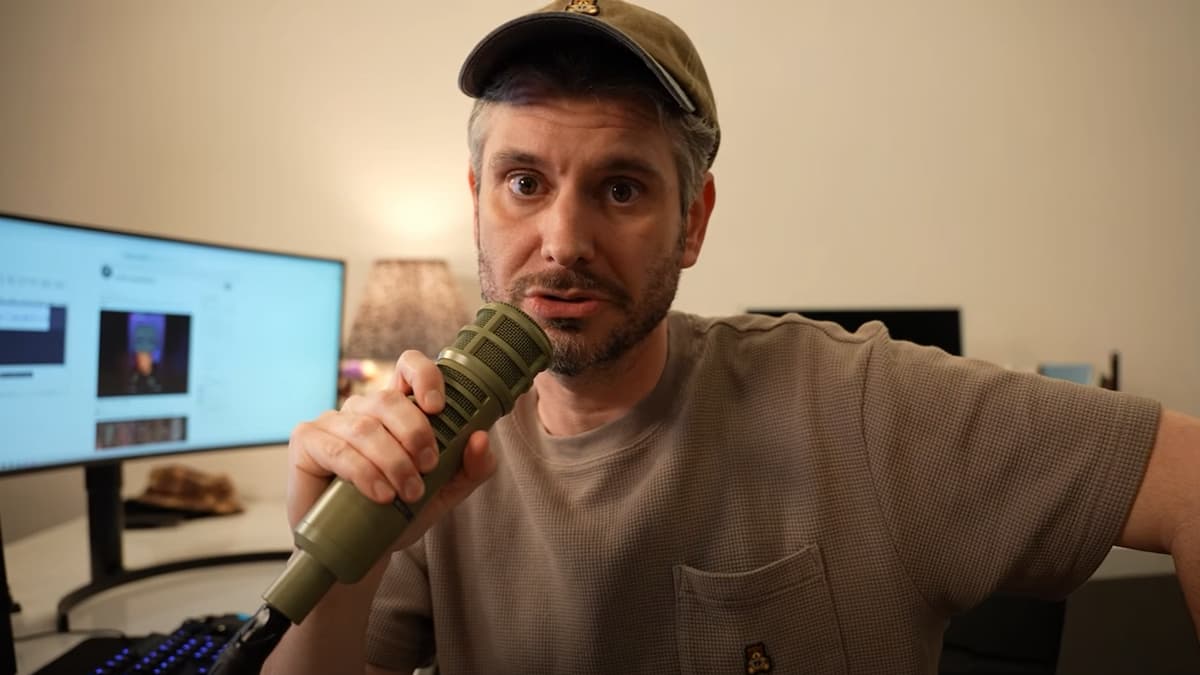Twitch is the largest streaming platform on the market with 11.92 million unique channels generating nearly 11 billion hours watched in 2019 across 432 million hours of streaming. But a closer look at the platform shows that only the top fraction of a percentile of channels make up a majority of the viewership.
The top 1,000 channels on Twitch recorded a combined 5.8 billion hours watched on Twitch in 2019, around 50.3 percent of the platform’s total, Dot Esports found. Those numbers come from an analysis of data available on Twitch statistics website SullyGnome. They’re backed up by video game analytics company Stream Hatchet, which found the slightly higher ratio of 53 percent.
From the top one percent of the most-watched channels (100,000 channels) on Twitch, only the top one percent of them (1,000 channels) got over 50 percent of the hours watched.
Meanwhile, the top 500 channels accounted for 4.8 billion hours watched, more than 43 percent of Twitch’s total. The top 100 accounted for nearly 23 percent of the platform’s hours watched with 2.5 billion hours watched.
The most popular channels, including Riot Games, the Overwatch League, Tfue, Summit1g, ESL’s CS:GO channel, and other influencers in the top 10, generated a combined 713 million hours watched in 2019, more than six percent of Twitch’s total viewership pie.
It might seem obvious that the hours watched on Twitch’s top channels are disproportionate to the rest of the platform’s channels because of the popularity that top esports events and content creators have on Twitch, but one of the major factors driving the total hours watched figures for top channels is airtime.
The top 100 channels on Twitch account for a disproportionate amount of viewership, but they also account for a larger chunk of airtime. In 2019, the average airtime that each unique channel streamed was about 36 hours.
Among the top 100 most-watched channels on Twitch, the average number of hours streamed was 2,605. The average number of hours streamed isn’t that much lower for the top 1,000 channels, either. Those channels streamed for 2,124 hours on average.
Obviously not every person with a channel on Twitch has the capability to stream regularly, but the sheer volume of airtime that top channels are able to produce certainly plays a role in making viewership as top-heavy as it is.
It’s almost akin to the chicken and egg debate. To stream as many hours as the top streamers do, you need to have the capacity and revenue to do so. But to get that income from streaming specifically, you need to become popular on the platform.
While becoming popular requires many hours of streaming, most people don’t have the ability to stream that much and also work enough to make a living before making it on Twitch.
Can streamers in the middle tier rise?
The impact of top influencers on Twitch is inarguable. This past year’s war between streaming platforms proved that. As top influencers like shroud and Ninja left Twitch in favor of exclusive streaming partnerships with Mixer, the marketplace for content creators was shaken up.
Now every top influencer has an opportunity to bargain with YouTube, Twitch, Mixer, and Facebook to seek the platform that will give them the most payout for exclusive streaming rights.
Previously, the popular notion was that Twitch was the only platform that someone could truly be successful on. But with other outlets presenting a feasible opportunity, there’s been a slight shift in viewership on Twitch.
In 2018, the top 10 channels, led by Ninja, accounted for 820.5 million hours watched on Twitch. But this year, that figure dropped after a few top influencers, like Ninja and shroud, moved from the platform.
While Ninja and shroud were still two of the top 10 most-watched channels on Twitch due to their success in 2019 prior to leaving for Mixer, the void they left on Twitch in the last few months of the year caused the top 10 to see a notable drop in viewership year-over-year.
Despite the top 10 channels seeing a 13-percent decline in hours watched, the top 1,000 channels as a whole saw a notable increase of eight percent. The top 1,000 streams’ 5.8 billion hours watched was up from 5.3 billion in 2018.
One potential reason for this shift in viewership could be attributed to a growth in diversity on Twitch. As some of the content creators who previously monopolized large audiences change platforms, viewers are potentially moving around to find more ways to view Twitch.
The top 1,000 channels on Twitch all had at least one million hours watched in 2019 with channels averaging more than 2,100 hours of airtime. While many of these channels aren’t on the same level as Tfue or Summit1g, the growth of the top 1,000 channels, despite a decline for the top 100, represents a rise for “middle tier” streamers.












Published: Jan 22, 2020 11:38 am